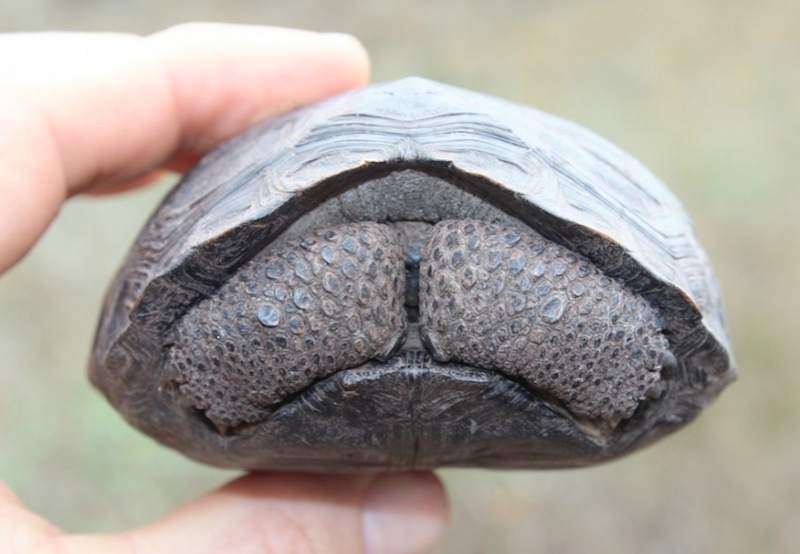Man With Rare Antibody Saves Two Million Babies with His Blood
One man who was willing to share his blood every week for 60 years has saved the lives of more than two million babies.

During a December survey of giant tortoises on one Galapagos island, conservationists found evidence of the first hatchlings to survive in the wild in over a century.
The exciting find of ten baby tortoises was the direct result of a rat eradication campaign completed two years ago on Pinzón, when helicopters criss-crossed the island dropping rat bait, which was non-toxic to the native flora and fauna.
The Pinzón Island saddleback giant tortoise (Chelonoidis ephippium) was on the brink of extinction by the 1960s when there were only around 100 animals left in existence. The only thing saving the species was the longevity of the adults, which have lifespans of more than 100 years.
The exciting find of ten baby tortoises was the direct result of a rat eradication campaign completed two years ago on Pinzón, when helicopters criss-crossed the island dropping rat bait, which was non-toxic to the native flora and fauna.
The Pinzón Island saddleback giant tortoise (Chelonoidis ephippium) was on the brink of extinction by the 1960s when there were only around 100 animals left in existence. The only thing saving the species was the longevity of the adults, which have lifespans of more than 100 years.
Black rats that were accidentally introduced to the Equadorian island chain by pirates and whalers in the 17th and 18th centuries had decimated the tortoise population. In fact, zero hatchlings could survive during a period of almost 150 years.
Beginning in the 1960's when the Galapagos National Park and Charles Darwin Foundation were formed, eggs were carefully gathered, hatched and reared in captivity, and then reintroduced back to the wild after 4-5 years when they were large enough to withstand the non-native predators.
Only 11 of 15 distinct types of Galapagos tortoises have survived extinction after humans began capturing them for food and also leaving behind non-native predators, such as pigs and rats. The population that barely escaped extinction lived on the island of Española, where the sub-species hoodensis had only 3 males and 12 females surviving — and so widely dispersed were they that no mating in the wild had occurred. The 15 remaining tortoises were brought to the Charles Darwin Research Station in 1971 for a captive breeding program. In the following 33 years they gave birth to over 1,200 progeny which have been released onto their home island and have since reproduce naturally.
Today, thanks to the rat eradication program, the adult Pinzón saddleback tortoises (approximately 100 of the original natives and an estimated 400 individuals from the captive breeding program, ages 5-40 years old) have begun to repopulate the island unaided, like they did centuries ago.
There are likely hundreds of additional hatchlings on the island, said James Gibbs of the State University of New York, Syracuse, who participated in the survey and posted the above photo. They are well camouflaged when they are young and very hard to find.
(READ more in Geographical.co.uk) – Photo credit: James Gibbs
Be the first to comment